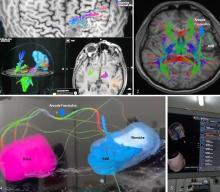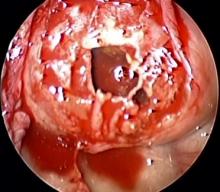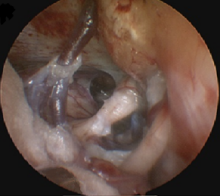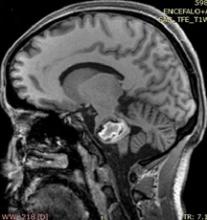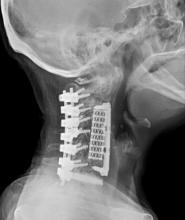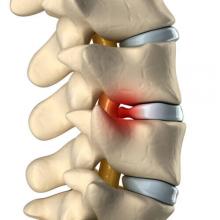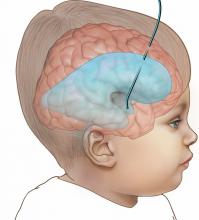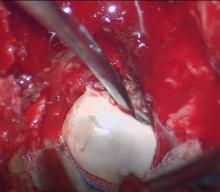Magnetic Resonance Tractography integrated to Neuronavigation in the surgical planning of a temporal arteriovenous malformation at the Dos de Mayo National Hospital. Case report.
Complete resection of a cerebral arteriovenous malformation (AVM) eliminates the risk of bleeding. Although AVMs that adjoin eloquent areas have been studied with functional neuroimaging or intraoperative mapping, the usefulness of tractography has been limited to case reports or small series. Selecting the patient for surgery for an AVM close to an eloquent area is a challenge.

